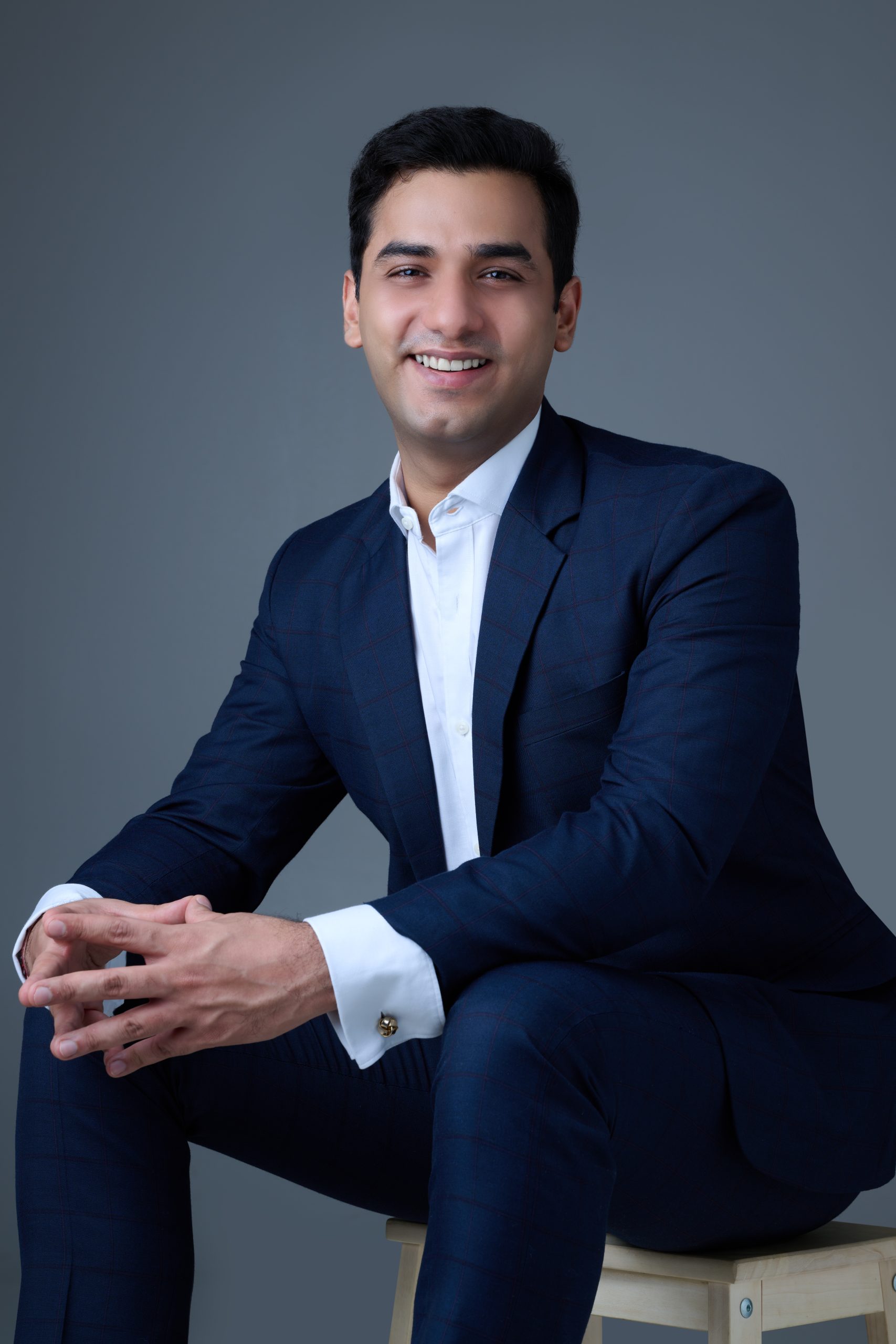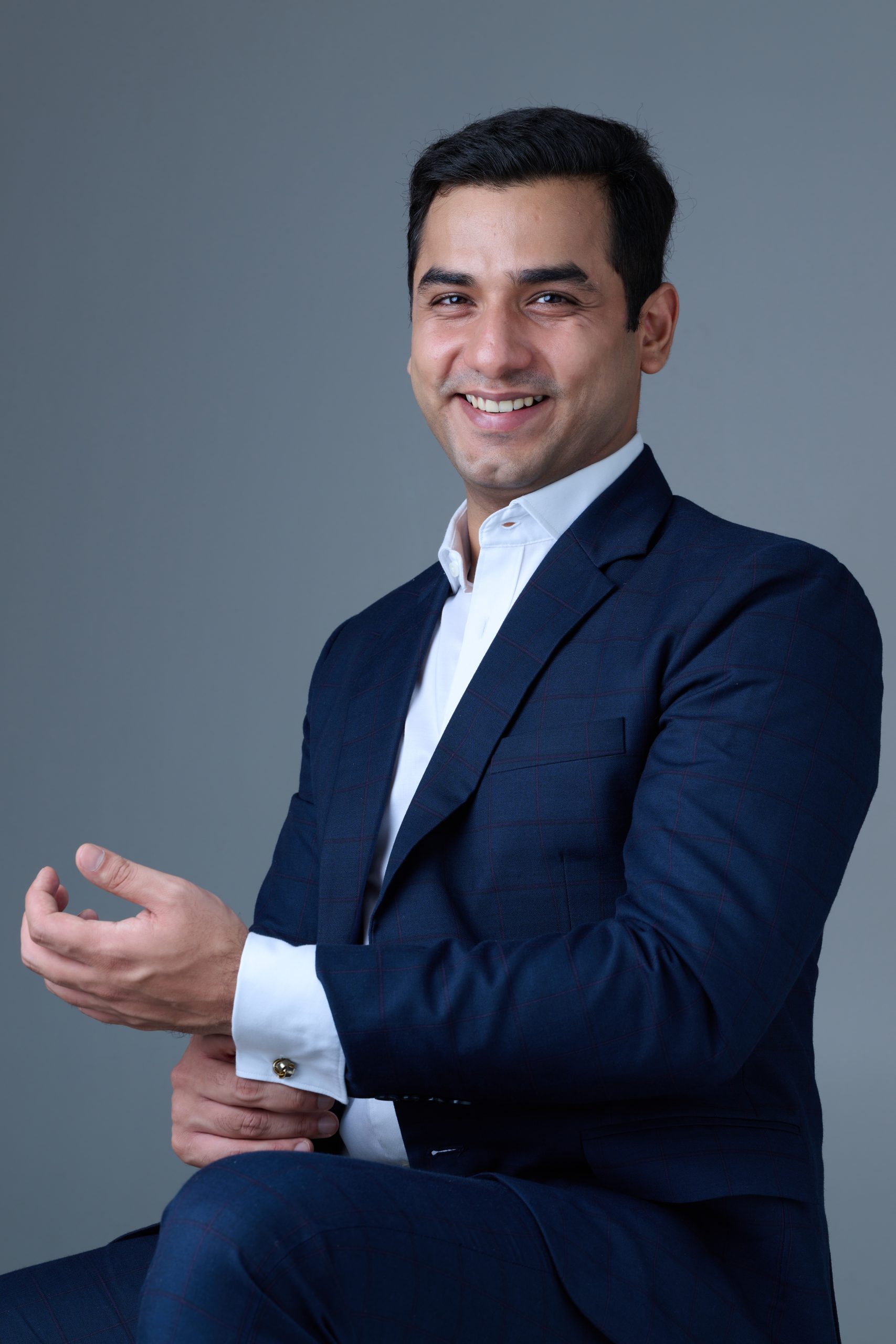(July 19, 2024) While visiting her parents in Bengaluru on a vacation from Harvard, Ira Guha found the domestic help missing in action for a few days due to rashes caused by poor-quality sanitary pads. Shocked by this, Ira, an early adopter of menstrual cups, offered her one to try. “She could instantly return to work and do her tasks and even asked me for more cups for her sisters and nieces. This simple conversation inspired me to design my menstrual cups – the Asan Cup – at the Harvard Innovation Lab. The goal was to make the world’s easiest period cup to insert and remove and ensure it was accessible to everyone, irrespective of income or background,” she tells Global Indian.
In 2020, she launched Asan to revolutionise the period care market. In just four years, Asan has reached 75,000 women worldwide. “So far, we’ve prevented nearly 200,000 tonnes of landfill waste, but my vision for five years from now is to have eliminated two billion plastic products,” adds the 31-year-old, who travels between London and Bengaluru.
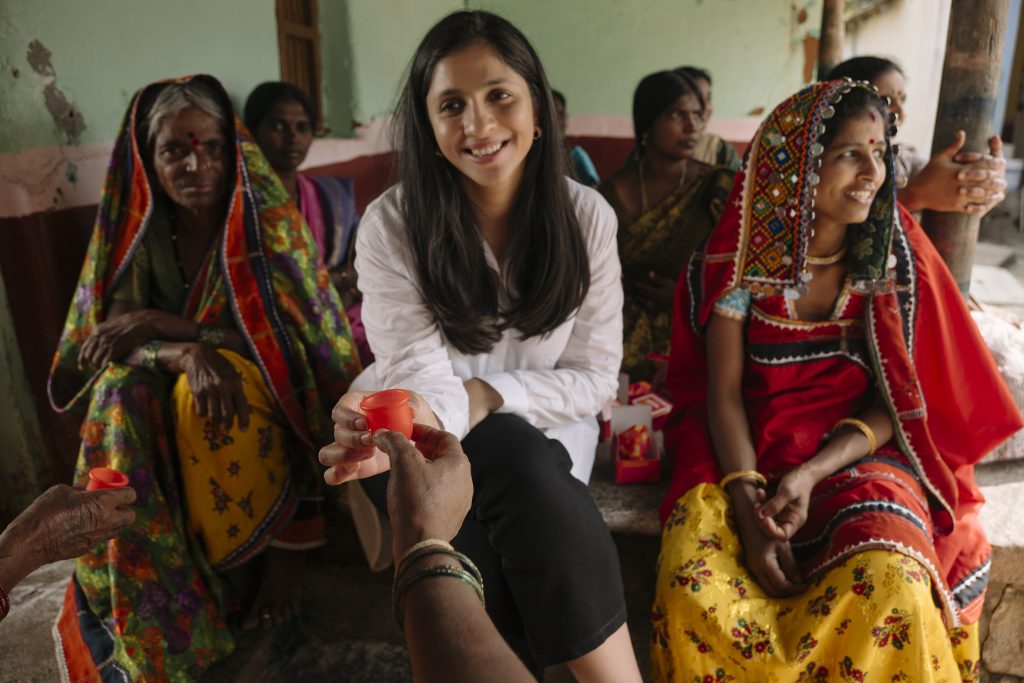
Ira Guha
The onset of menstrual cups
It was in 1937 that the first menstrual cup design was created in the US, but it took over 80 years for it to become mainstream. Ira notes the lack of good material for making cups as a major deterrent. However, things began to shift in the early 2000s with the invention of silicone, particularly medical-grade Grade 6 silicone, which Asan uses. “Silicone is a completely biocompatible material that is extremely durable, flexible, and can be easily inserted into the body,” says Ira, the founder of Asan, who also points to the domination of period care space by men as another reason for slow adoption. “With more women entrepreneurs getting funding, innovation is happening in the period care industry. We are designing products for our bodies. I added a ring to the Asan Cup because I found period cups difficult to remove. As a user, I can make a better product,” she adds.
Period poverty is a significant issue in India, with only 36 percent of the country’s 355 million menstruating females using sanitary towels for protection. Ask her if India is ready for menstrual cups, Ira confidently affirms. “I believe we will see the highest adoption of menstrual cups in the country, especially in rural areas where Asan Cup operates. We have 90 percent adoption in all villages where Asan works. In over 100 villages in Kanakapura, Karnataka, nearly every woman uses the Asan cup. Our culture is very accepting of reusable products, which makes India a great market for menstrual cups,” she says, comparing it to the US, which follows a use-and-throw culture.
View this post on Instagram
Inspired by parents
Ira considers herself fortunate to have grown up in Bengaluru with progressive parents who embraced new ideas. Her mother, Sujata Keshavan, an entrepreneur, inspired Ira to take risks. “My mother, as the breadwinner, was a fantastic example of a woman who could take risks, start a business, and support her family. She inspired me to launch my business and be where I am today,” says Ira. Her father, historian, and writer Ramachandra Guha, brought discussions about the environment, global politics, and world issues to their dinner table. “Both my parents are civic-minded and public-spirited. This led me to start not just a business but a social venture aimed at making a positive impact on the planet and its people, not just profits,” she smiles.
Facing lack of waste disposal infrastructure in India firsthand
Growing up, Ira played basketball and even represented Karnataka state, spending many summers traveling across the country for matches. One such national game took her to Bihar for two weeks, where she experienced firsthand the lack of waste disposal infrastructure in India. “With no dustbins, the choice was either to throw your used sanitary pads anywhere in the open or carry them in your luggage which was unhygienic and embarrassing,” Ira reveals, empathising with college-going girls in villages who still face similar issues.
Her undergrad took her to King’s College, Cambridge, which landed her a job at Accenture in London. But it turned out to be a short stint since “it lacked purpose and impact.” Ira soon began exploring options and courses which could help her find her purpose, and led her to pursue a master’s in Public Policy at Harvard, focusing on policies and social impact. “I knew that’s what I wanted to do,” says the recipient of Cartier Women’s Initiative Award.
The turning point at Harvard
A class on entrepreneurial finance at the Kennedy School with Carl Byers, an entrepreneur and founder of athenahealth, marked a turning point in her life. At the time, she was already gifting menstrual cups to women in Bengaluru and hence created a business plan for a menstrual cup venture for the class. Impressed by her idea, Byers encouraged her to turn it into reality by providing initial funds and access to the innovation lab, along with an engineer. “We started making prototypes for a menstrual cup and testing them among women in the US, UK, and India, gathering feedback to improve it. We went through four rounds of user testing, refining the design each time until we had the perfect menstrual cup,” says the social entrepreneur.
View this post on Instagram
Asan Cup is unlike any menstrual cup available in the market because of its patented design. “We design and manufacture our cups,” says Ira, noting that many other brands purchase white-labeled products online in bulk, repackage, and resell them. This often results in poor designs that can lead to leaks, discoloration, and sizing issues. “But Asan controls its supply chain — from design and patent to manufacturing, packaging, and distribution. Thanks to our patent rights, no one can replicate our design. Every Asan cup is imprinted with our logo, authenticating its originality,” says Ira. Highlighting the uniqueness of Asan’s design, Ira points out that the removal ring makes it easier to pull out. “The bell shape sits more comfortably in the body compared to the V-shaped cups. The material will never discolor and will look the same even after five years, and the leak-proof rim makes it the easiest menstrual cup to insert and remove.”
Ending period poverty among rural women in India and Africa
Asan is dedicated to ending period poverty, particularly in low-income rural communities, with the support of women’s health NGOs deeply embedded in these areas. It begins by providing menstrual cups to NGO workers, who, once satisfied and happy with the product, begin promoting it within their communities through a process that involves detailed education training, distribution, feedback and follow-up. “We continue engaging with the community until we’ve done everything possible to ensure they have the detailed education needed for behavioural change. We conduct multiple feedback sessions and make regular visits until we achieve 90 percent adoption,” says Ira, reflecting on their success in nearly 100 villages in Karnataka. “We work with adolescent girls in Sitapur in UP and SEWA in Gujarat. We have expanded programs in Africa, including Malawi, and Uganda and we are now launching a program in Ghana.”
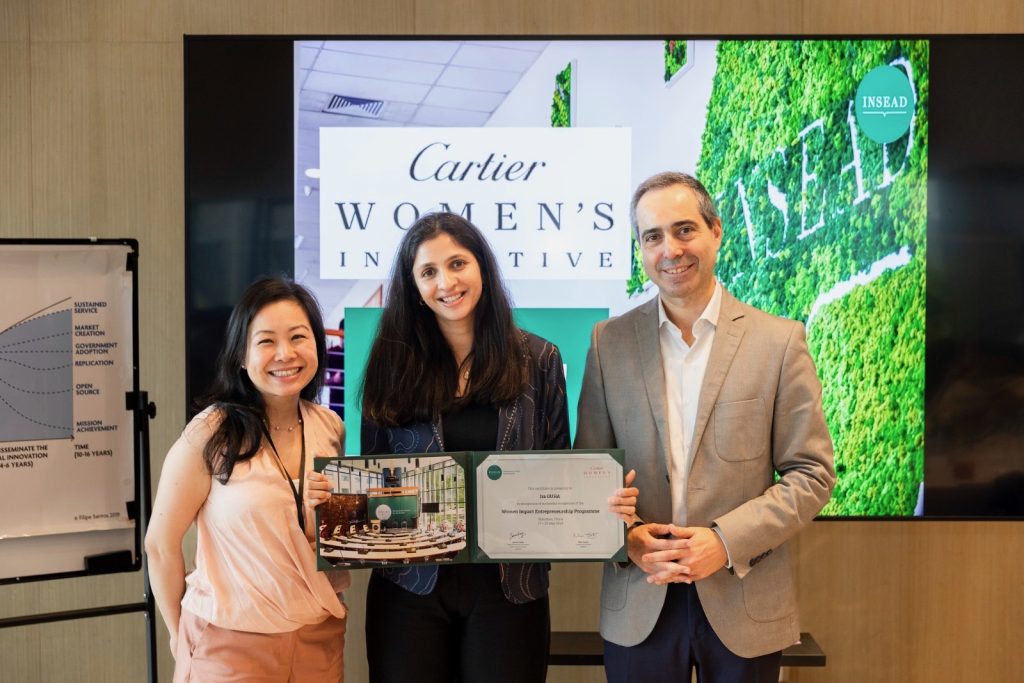
Through their one-for-one donation program, Asan is ending period poverty by providing a high-quality menstrual cup to all. For every menstrual cup one purchases, they donate one to a person in India who doesn’t have access to high-quality period care. “I started Asan in the first place to give low-income women access to the highest quality period care. I came up with the idea to finance the model.” During product trials in the UK and the US, she observed a huge demand for the Asan Cup. “Women in the trials expressed how Asan Cup was better than any high quality cup in the West, asking how they could purchase it from me. That’s when I realised a clear market for the Asan Cup among higher-income women, both in India and abroad and improve access for rural women.”
Ira calls Asan’s rural first strategy “unique” making it a popular solution with high uptake in villages. The rural women of Kanakapura in Karnataka were the first customers to embrace the Asan menstrual cups. While distribution, Ira anticipated discussions about affordability, given that the cups can be used for up to 10 years. However, she was pleasantly surprised to hear how the amazing comfort that led them to not just leave their home during period but also travel long distances. “Secondly, its discreet nature means no one in the village knows they’re menstruating. They no longer have to hang out cloth rags in public or ask for money to buy pads. Hence, there’s no shame or stigma attached. They even started calling it a magical cup because using it felt like they’re not on their period anymore,” beams the proud entrepreneur.
Ira, a woman entrepreneur in the period care sector, embraces the challenge of tackling taboos head-on. She doesn’t shy away from uncomfortable conversations, seeing them as crucial for spreading her message. “The most significant hurdle,” she explains, “has been and continues to be breaking taboos and encouraging behavioral change. Not just for rural women but for urban women, investors, advisors.” Convincing them about her product has been an uphill battle. “Transitioning from an external product to an insertable one, and from a disposable product to a reusable one, requires a significant shift in behaviour.”
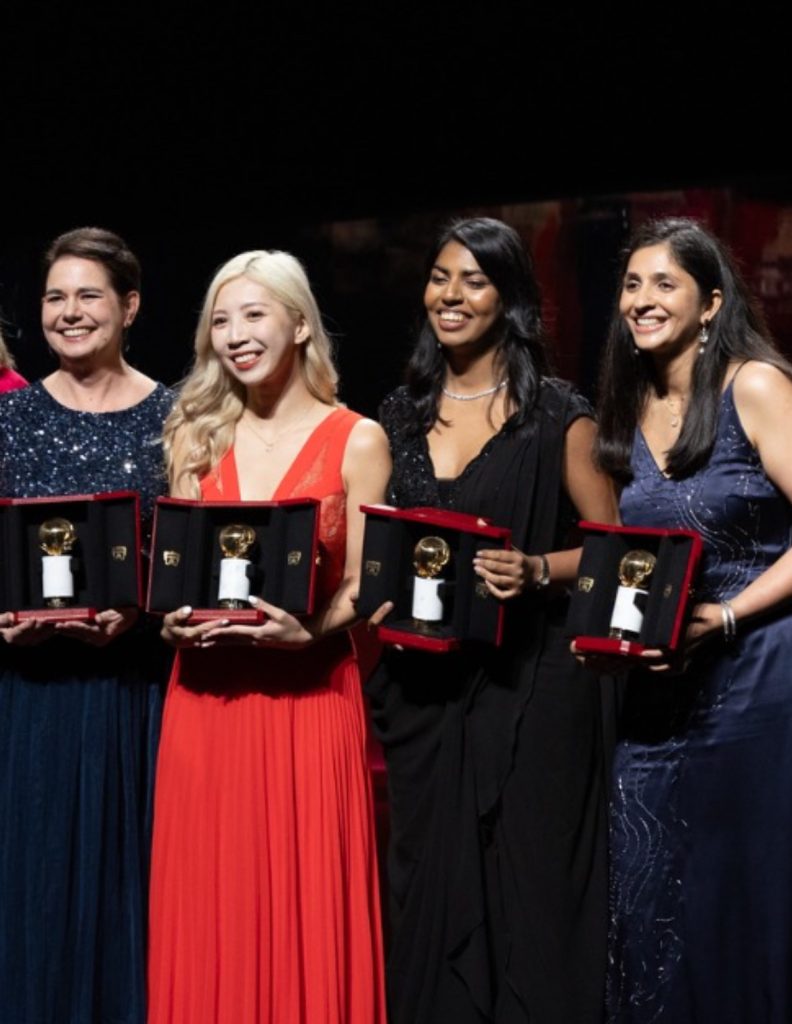
The road ahead
Since its launch four years ago, Asan has made great strides in India and abroad. “Going from local to global has been a big change. To think on a global scale both in terms of sales – selling in the UK and Europe and soon launching in the US – and social impact programs. We had an incredible impact in India, which has garnered global attention and interest. As a result, we’re now expanding our social impact projects with women’s health NGOs across Africa,” reveals Ira.
Having taken that step towards eradicating period poverty, Asan now aims to reach “at least one million low-income women” lacking access to period care, offering them top-quality products. “I want to enable them to attend school or work during their periods, while also preventing at least two billion plastic products like pads and tampons from entering landfills,” she signs off.

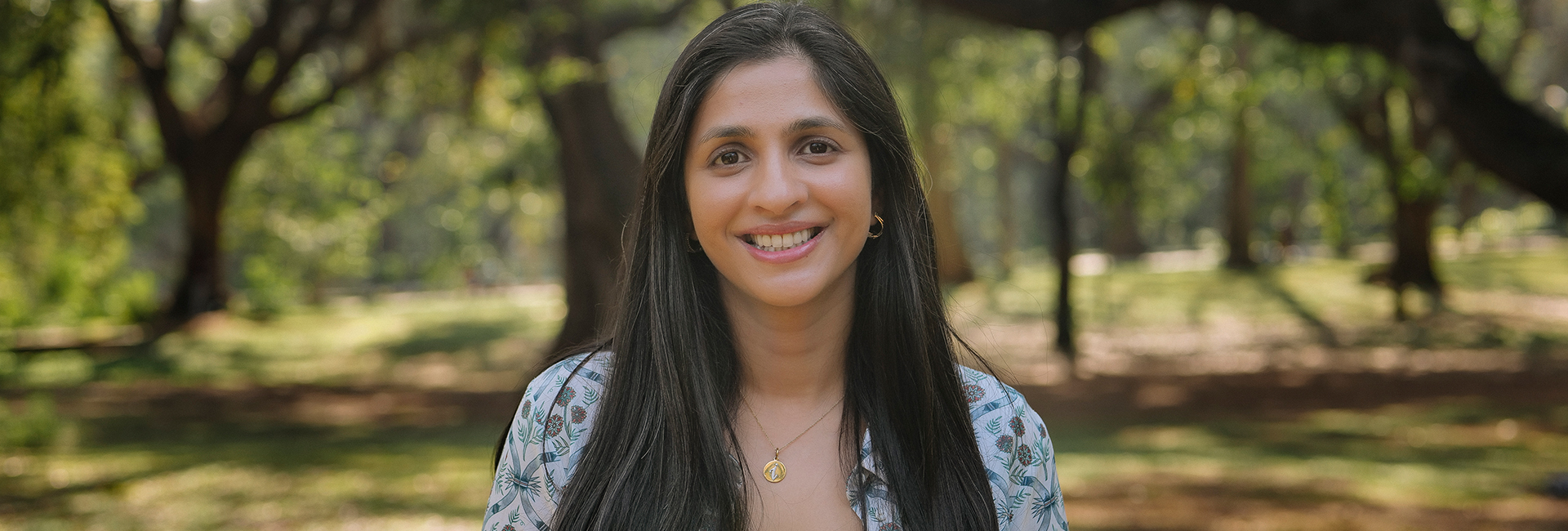
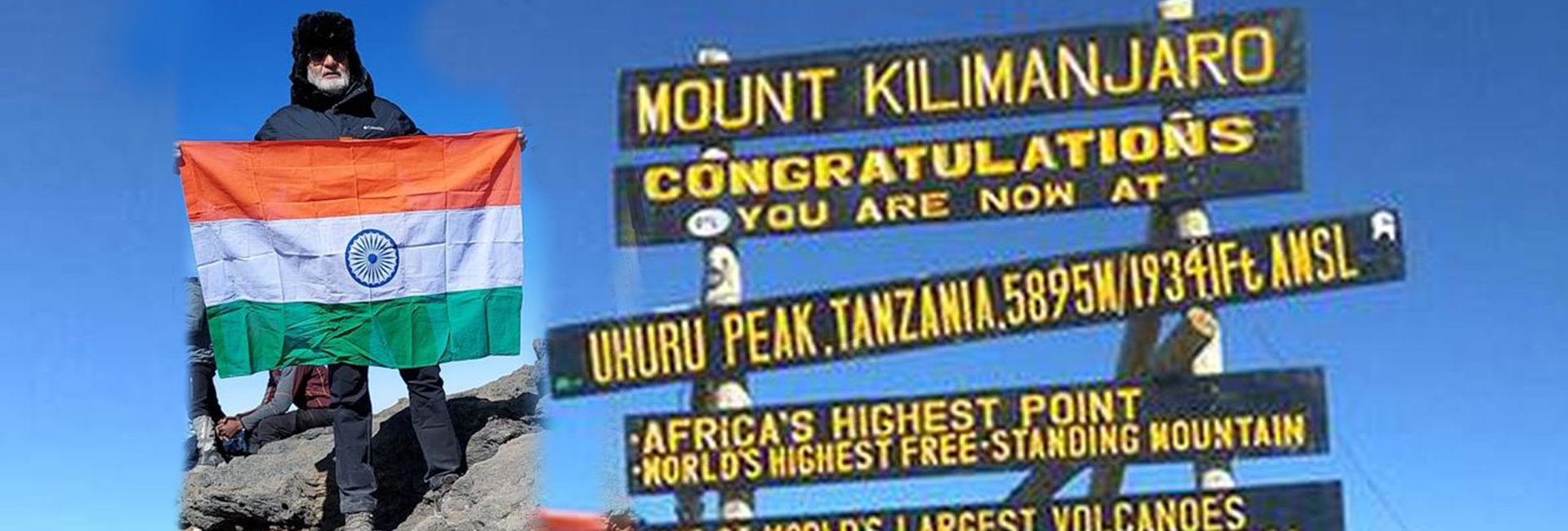
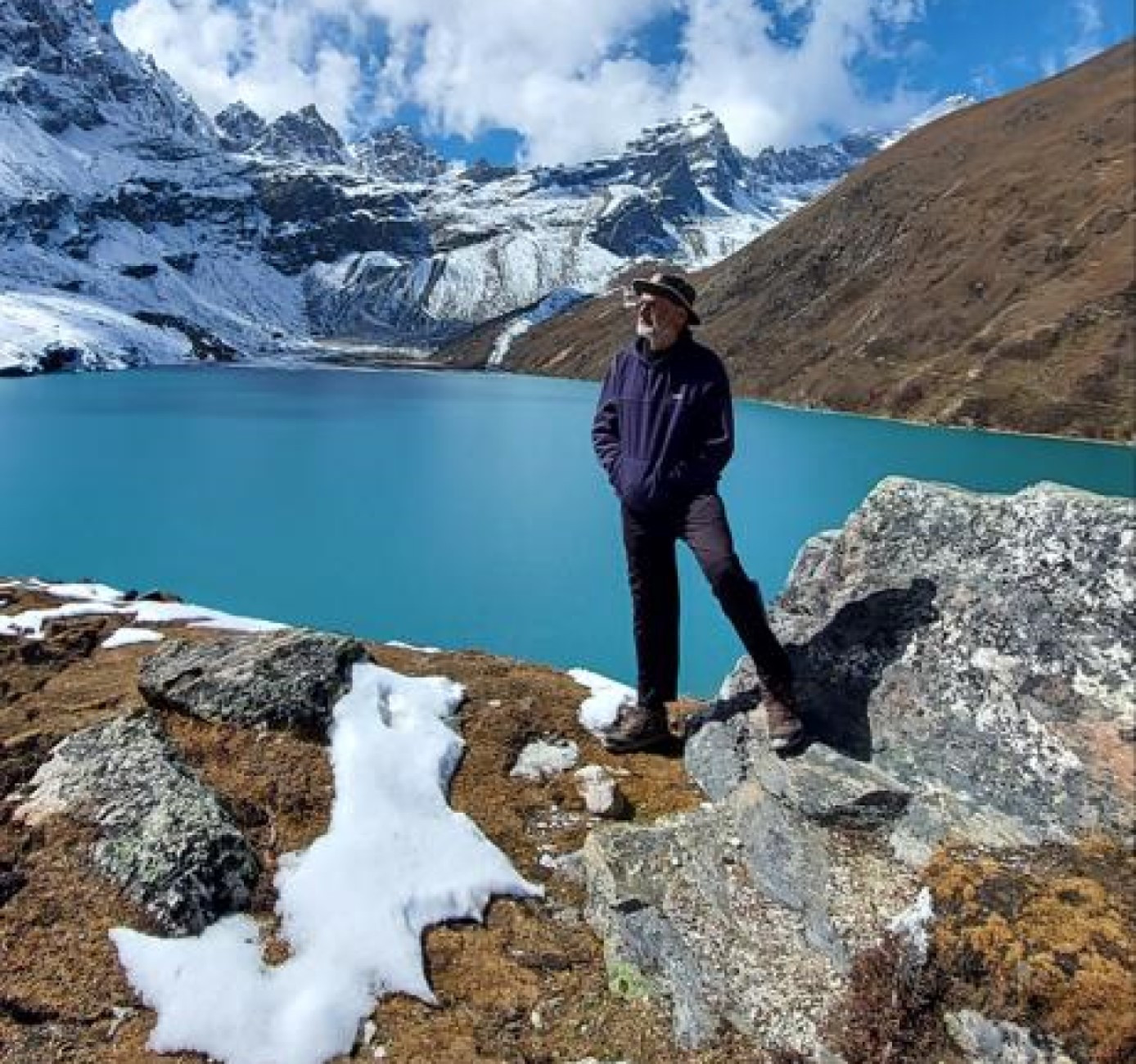
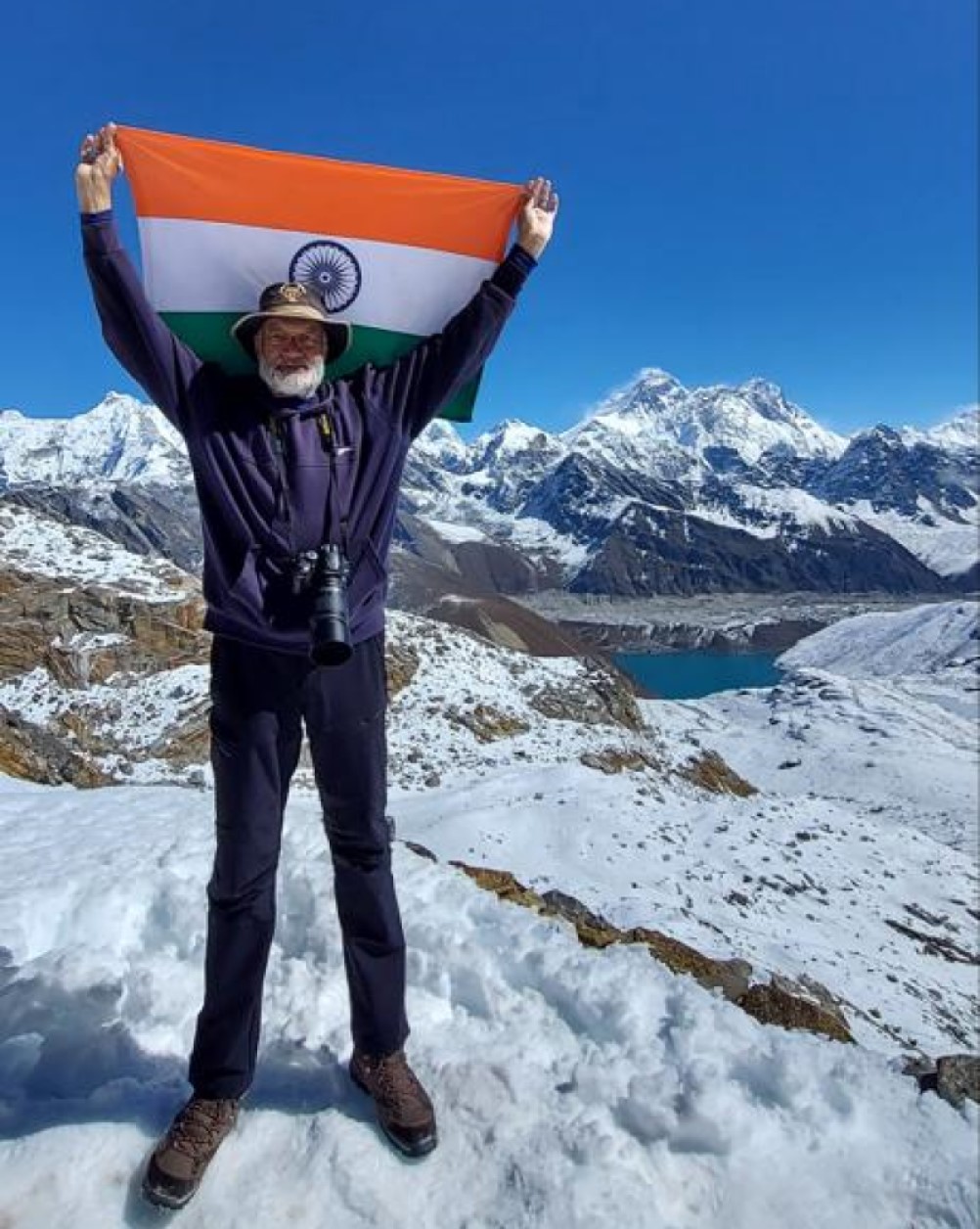
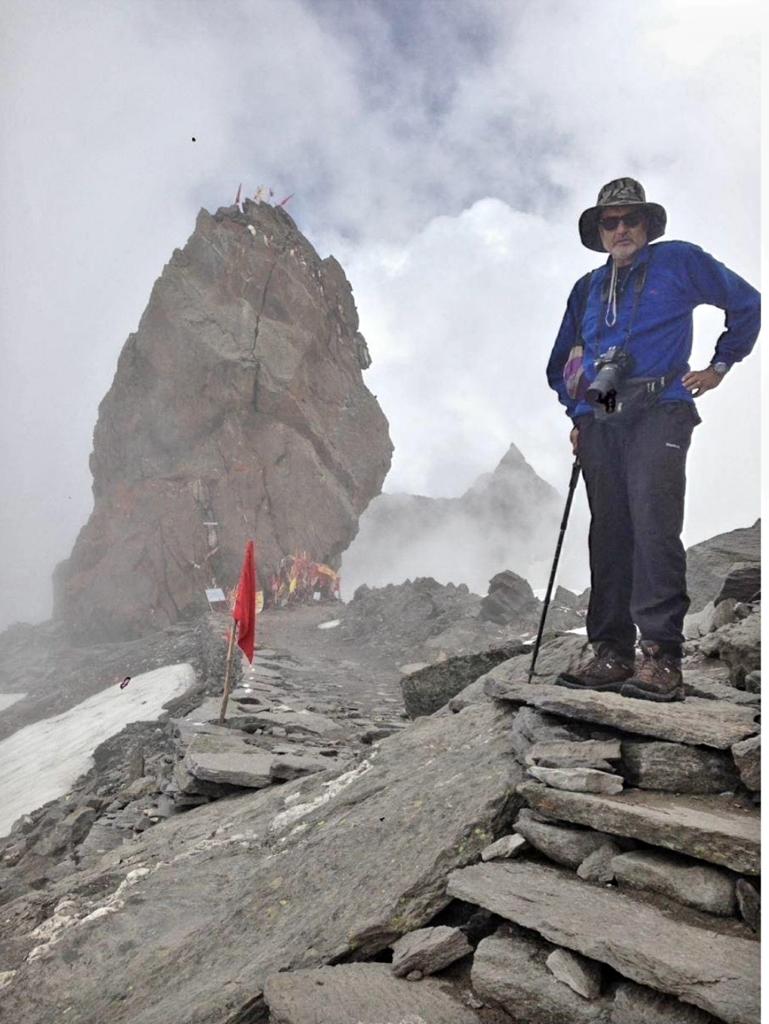
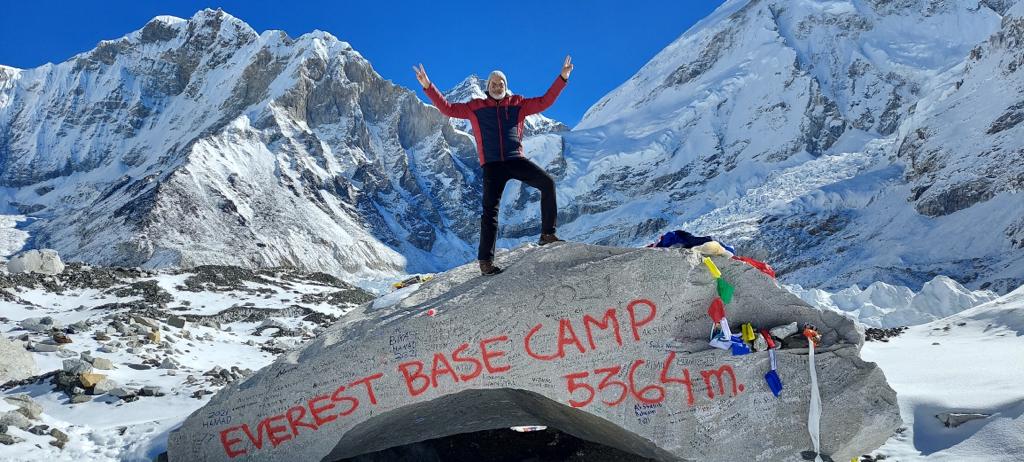
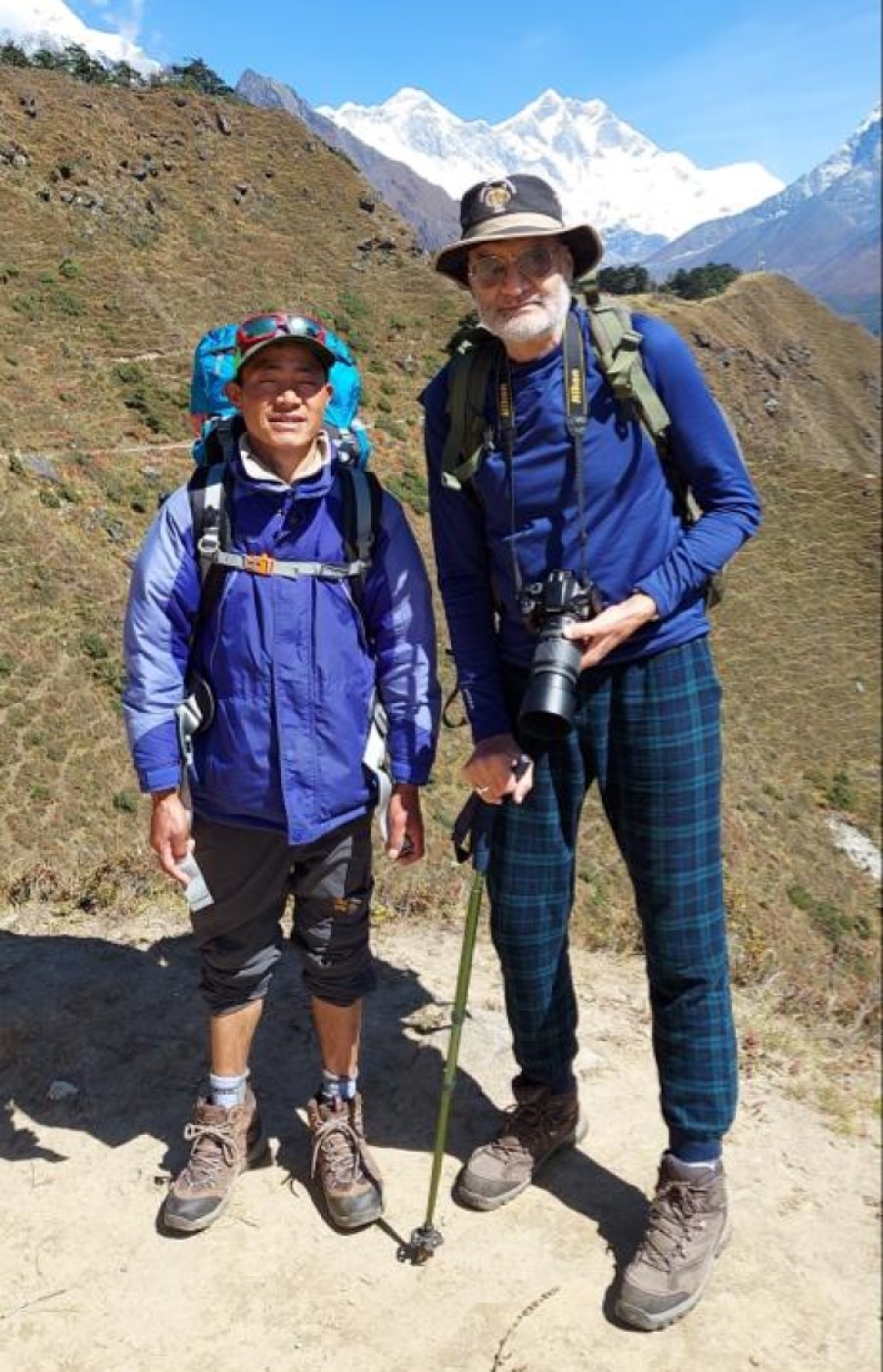

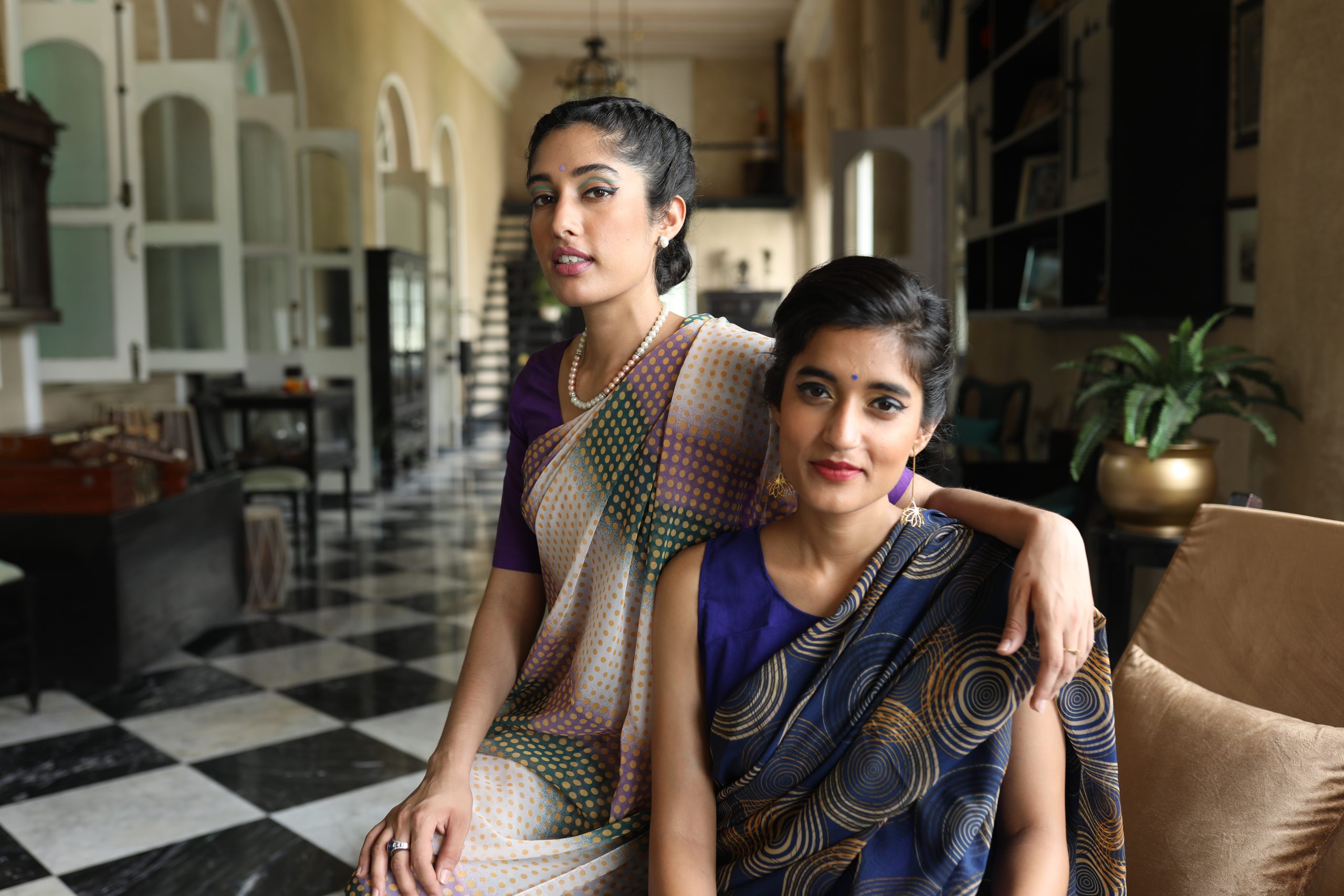 Akshita Bhanj Deo, one of the directors of the 200-year-old Belgadia Palace in Mayurbhanj with her sister, Mrinalika.[/caption]
Akshita Bhanj Deo, one of the directors of the 200-year-old Belgadia Palace in Mayurbhanj with her sister, Mrinalika.[/caption]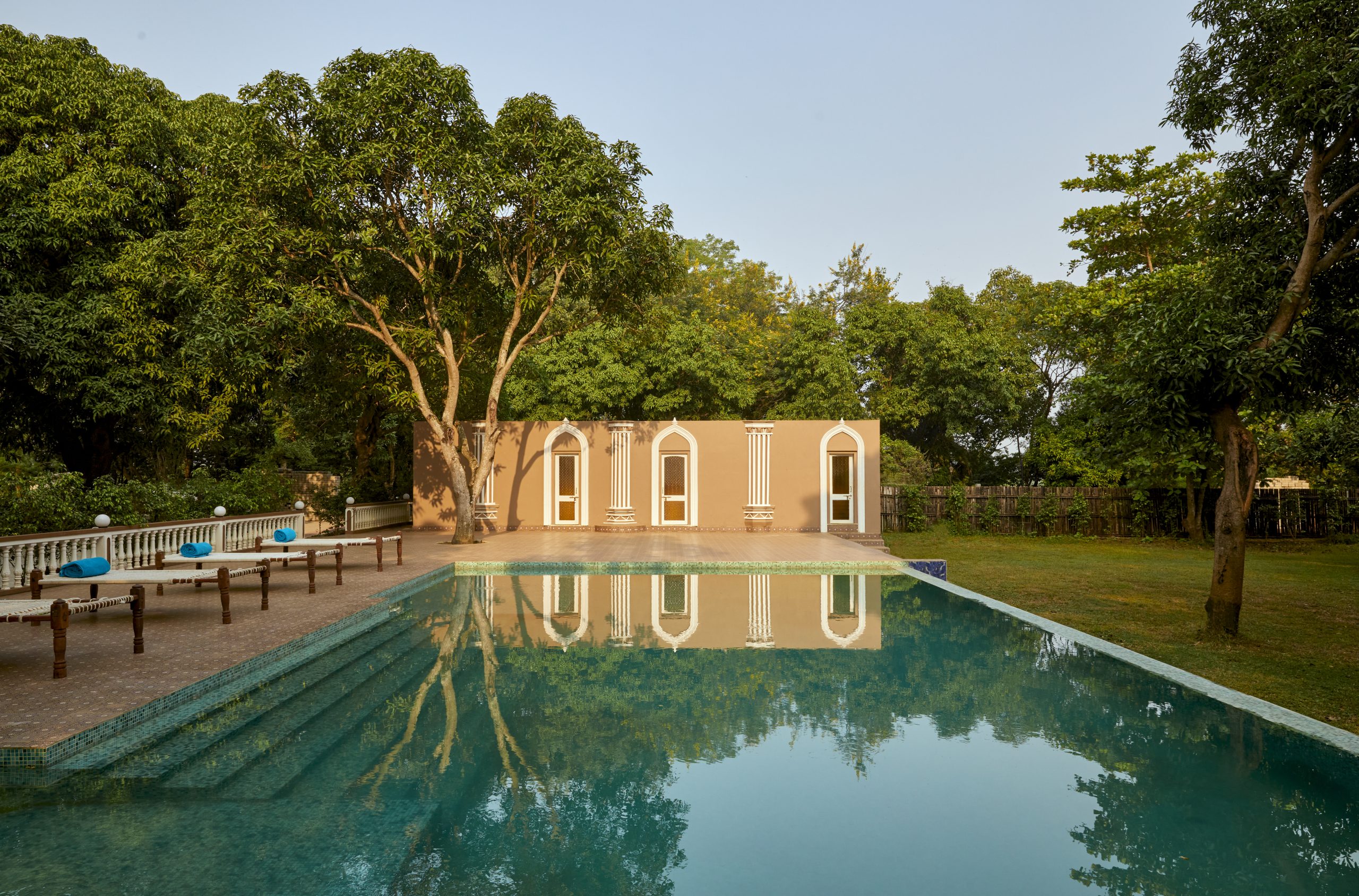
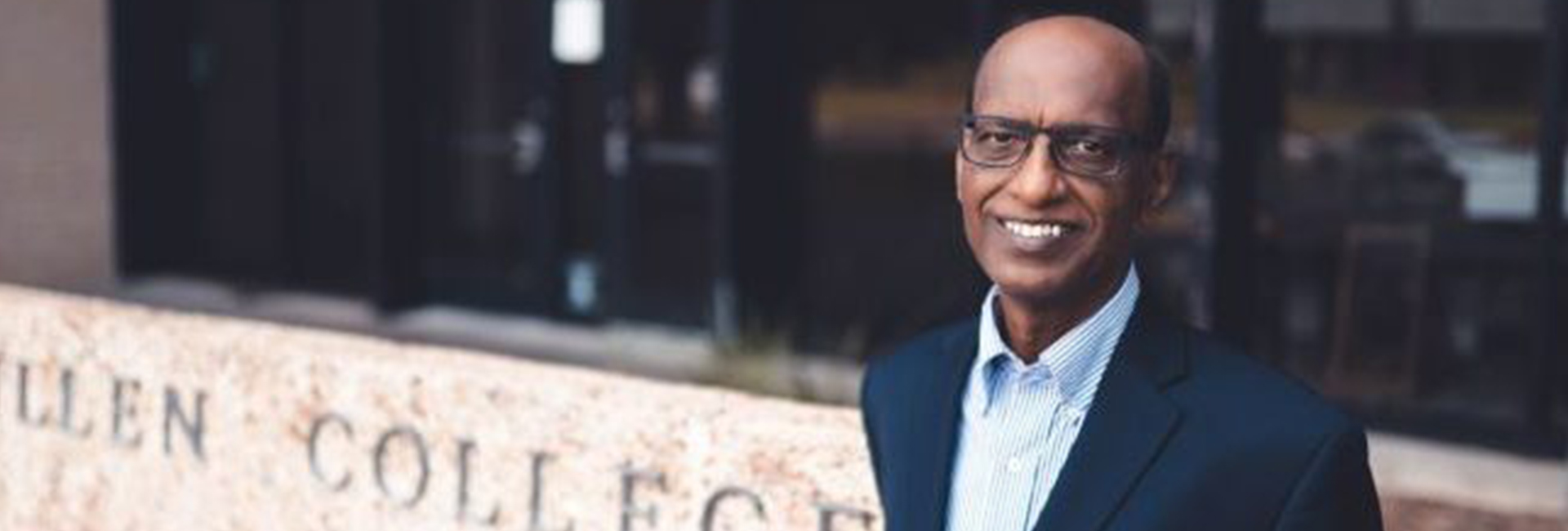
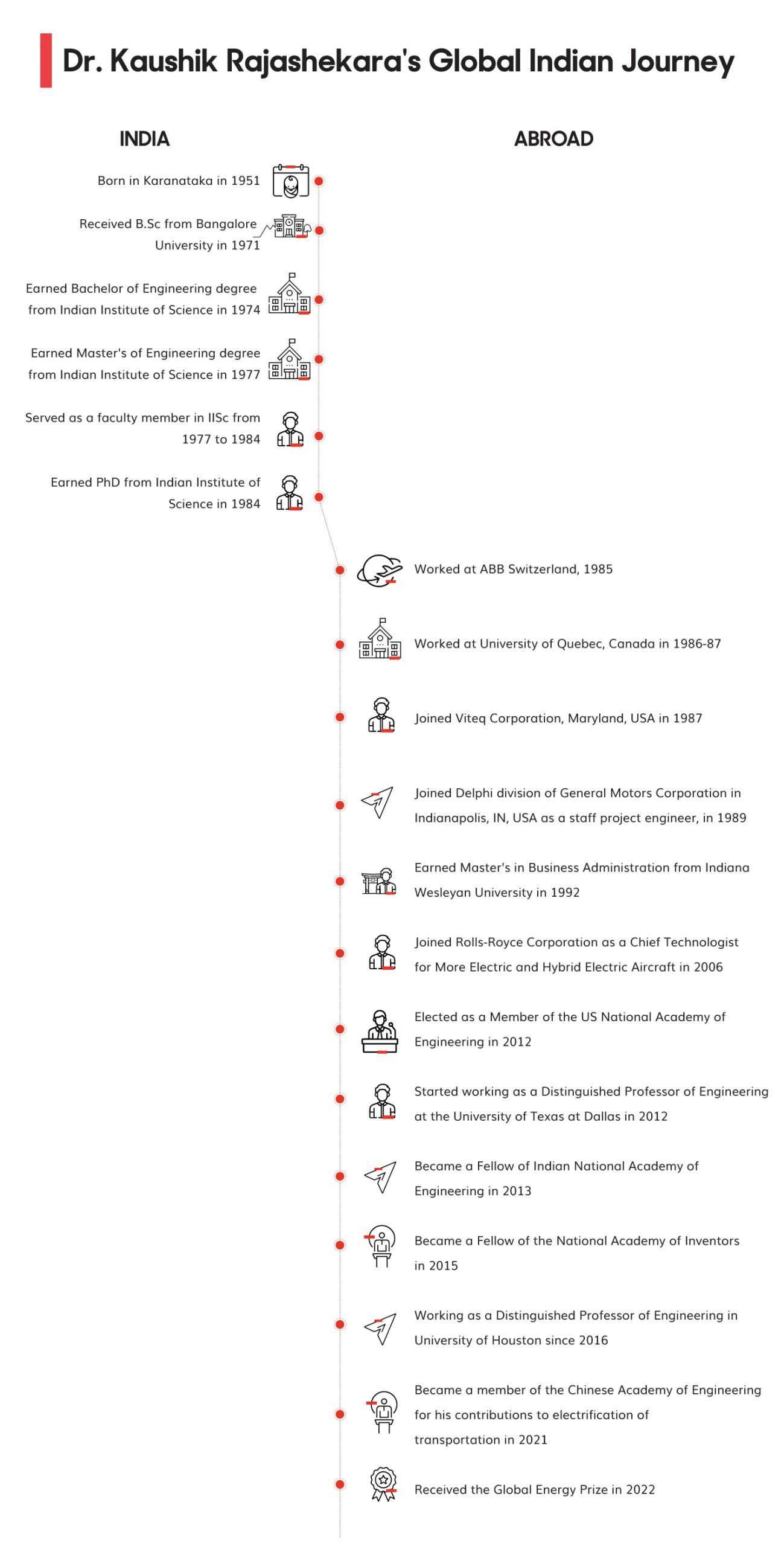
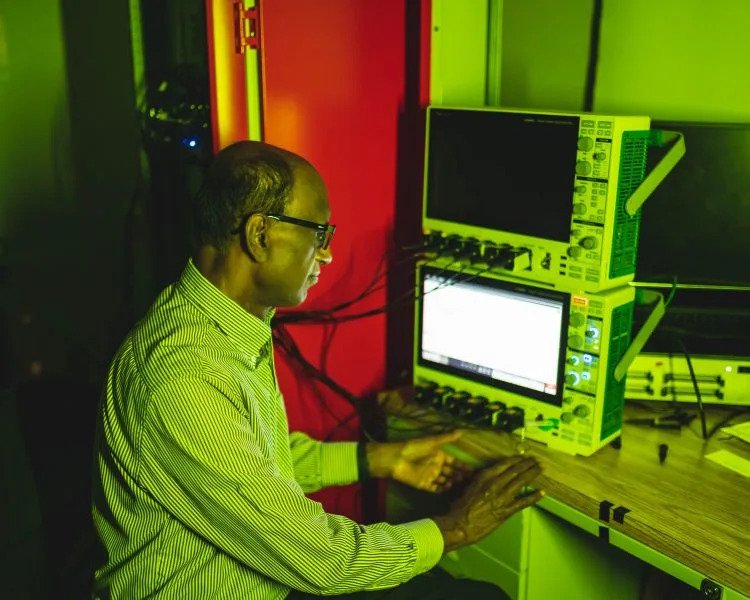
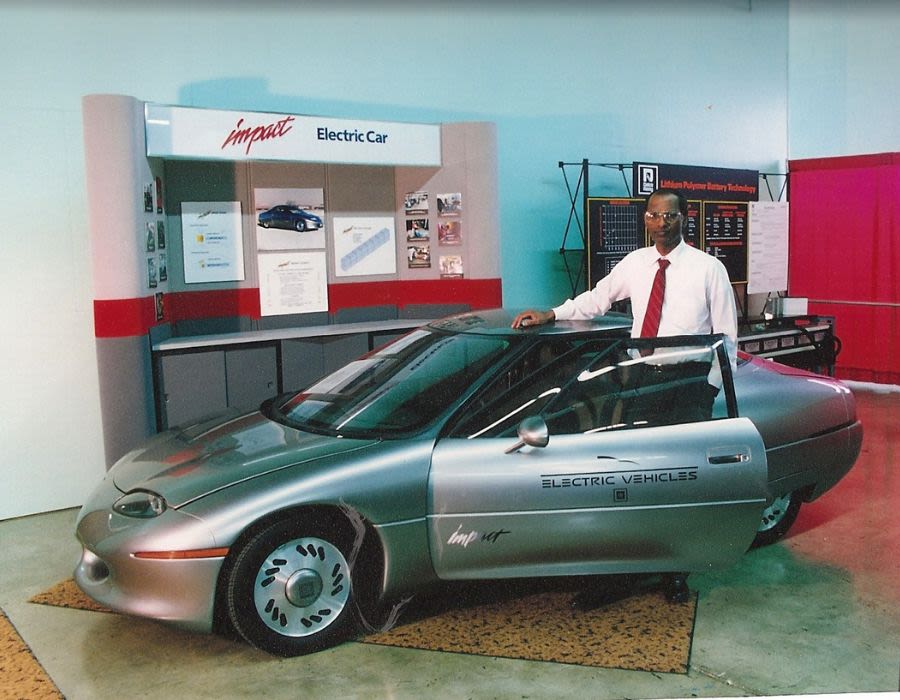 Dr, Rajashekara with GM Impact electric vehicle in 1993[/caption]
Dr, Rajashekara with GM Impact electric vehicle in 1993[/caption]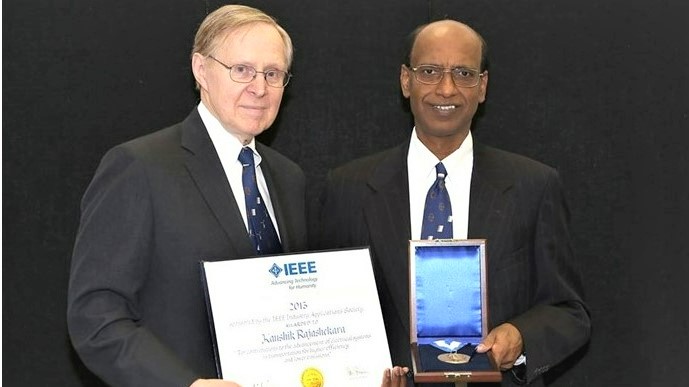 Dr. Rajashekara receiving the prestigious IEEE Kaugmann award from IEEE President, 2013[/caption]
Dr. Rajashekara receiving the prestigious IEEE Kaugmann award from IEEE President, 2013[/caption]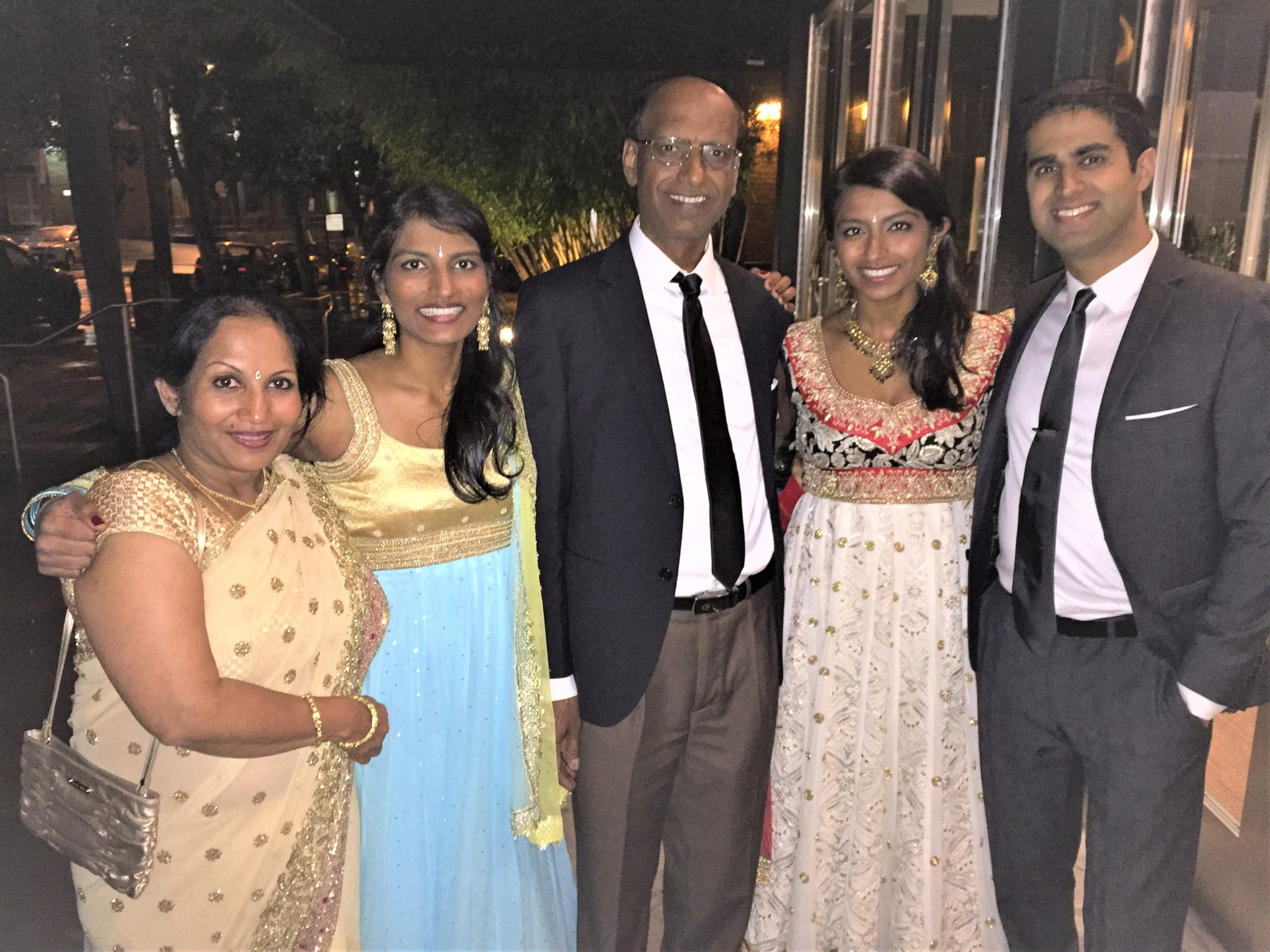 Dr. Rajashekara with his family[/caption]
Dr. Rajashekara with his family[/caption]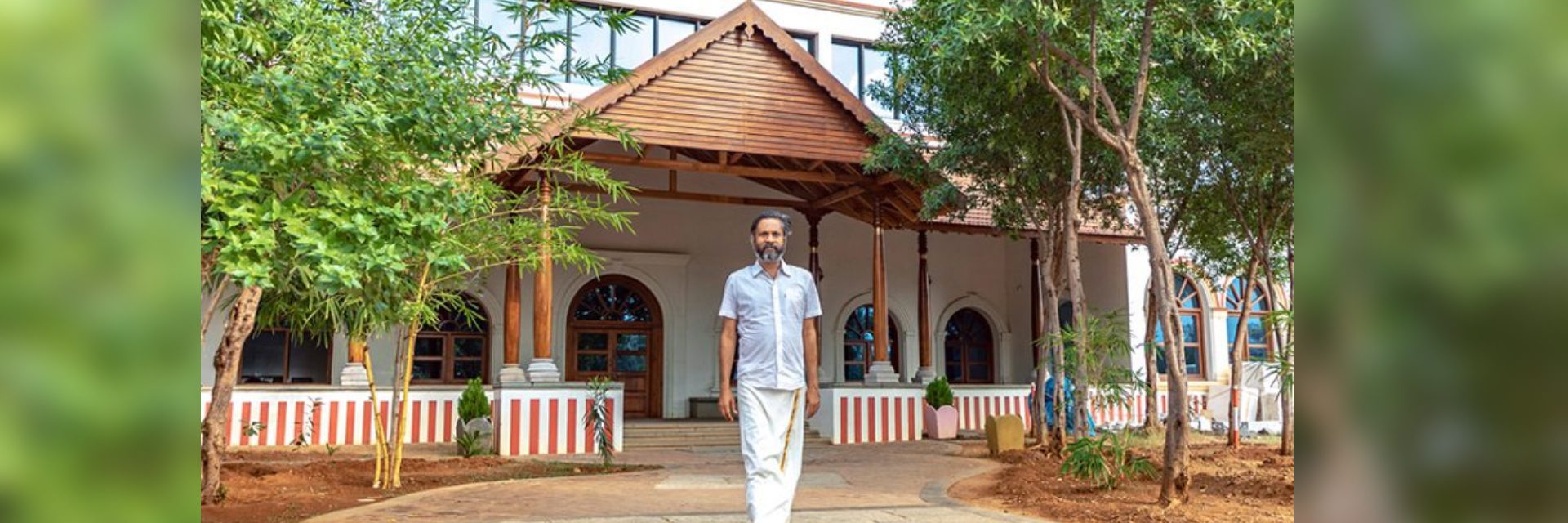
 Sridhar Vembu in Tenkasi[/caption]
Sridhar Vembu in Tenkasi[/caption]
